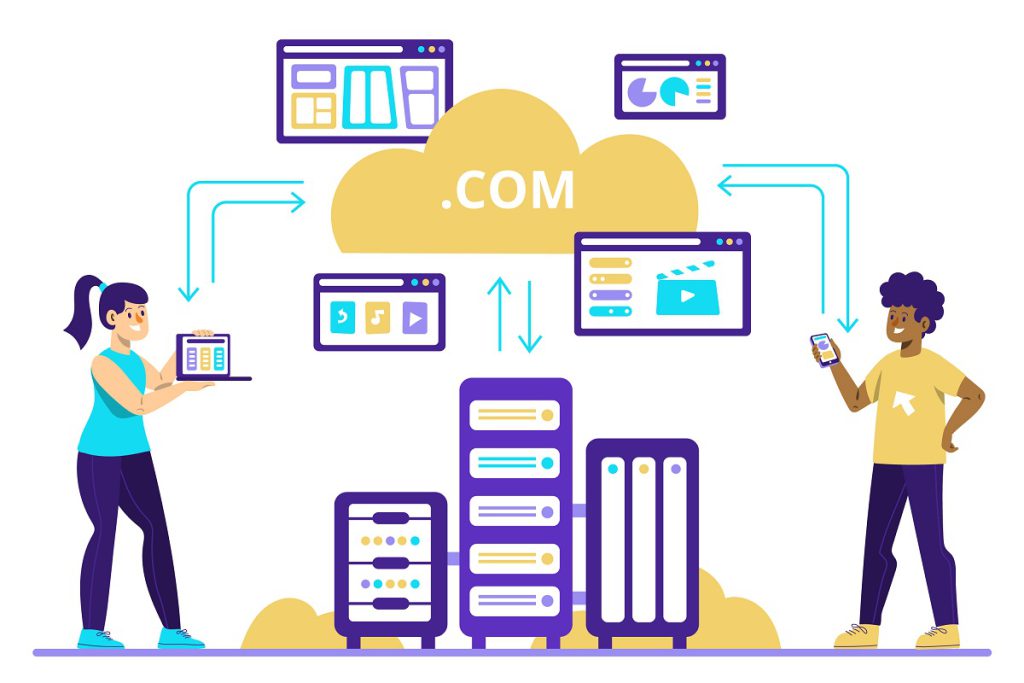What is AWS cost optimization?
This is the process used to manage your AWS costs. Public cloud platforms like Amazon web services (AWS) and Microsoft Azure provide their resources with a pay-as-you-go or on-demand model.
This is one of the much-trumpeted advantages of the cloud: ‘pay only for what you use’ but it can be a double-edged sword if you don’t constantly monitor and review your AWS spending regularly. However, if a balance can be found between cost, usage and performance, then the advantages of the cloud and its pricing model can be realised for the business.
Cloud financial management & budgets
Cloud financial management can often be an issue within an organization, as there can often be a conflict between operational, financial and development teams when it comes to cloud costs and management.
Often, the finance team is not used to a pricing model that constantly changes amounts from month to month and has hundreds or thousands of line items. The operations and development teams then own the performance of the platform but might not own the budget, depending on the business structure.
AWS provides two main tools to help with cost optimization:
AWS cost explorer is an excellent tool for visualizing your AWS spending over time. It can be used to identify trends in cloud cost and areas of high expenditure (cost explorer overview)
AWS cost management console is a more comprehensive tool that can be used to set budgets, track costs against budgets and set up AWS cloud cost allocation tags
Both of these tools do work well to give you visibility into your AWS costs, but they have a few disadvantages:
They only look at AWS cloud costs so if you have cloud deployments in other cloud platforms, they will not be included.
Both of them need to be set up and configured, which means someone from your staff or an outside expert must do it and turn it over.
Both of these tools are concentrated on visualising and informing you about your AWS cloud expenditures; they won’t offer you advice or make you money-saving suggestions.
The AWS pricing calculator is another tool provided by AWS but this is mainly for working out the cost of a particular AWS service before it’s implemented so it is not covered here.
Although it is not its primary function, the AWS calculator could be used to estimate AWS budgets and compare a before and after scenario on savings plans.
How can the effective management of over 1000 periodicals’ subscriptions be enhanced annually?
When examining AWS cost optimization solutions from both AWS and other suppliers, they are frequently equivalent to a smart metre like the one you get from your energy provider. The tools usually give you the ability to see your AWS costs, both live and historic and maybe set budgets and alerts against AWS spending.
Some let you tag and group your AWS cloud spend as well so you can give it relevance to your internal budgets. This is as far as most of the tools available go. They don’t provide any ‘intelligence’ for cost optimization, like recommendations or steps to change things or help with implementation.
There are a few that provide a bit more; they are usually cost optimization tools from a third party and they might provide some form of ‘intelligence’ for your AWS deployment, with cost recommendations. Usually, these are limited to:
This is why, over and above a cost optimization tool, organisations usually use a consultant or AWS trusted advisor on a one-off basis to come in to audit/review their AWS architecture/deployments and then make and implement recommendations. However, no matter how good the consultant / AWS trusted advisor is, they are looking at a snapshot in time and unless they come back in repeatedly, they will only be able to go so far when optimizing costs.
Flying Amazon
The Amazon flywheel’s functionality is one of the AWS best practices for reducing costs. By gathering energy during acceleration and storing and supplying it during braking, a flywheel is utilized to maintain the stability of a mechanical vehicle.
The Amazon Flywheel, also known as the Amazon Virtuous Cycle, enables you to build on your current assets to develop incrementally by utilizing your customer experience to drive traffic to the cloud platform and third-party sellers, much like a physical flywheel gains momentum with time and movement.
Amazon Flywheel as part of the AWS ecosystem
The Amazon flywheel perfectly executes within the Amazon environment, capturing the spirit of the approach for clients outside of Amazon. The flywheel is set off when AWS lowers prices, making it more accessible.
This, in turn, leads to a larger infrastructure scale, allowing for even more client price reductions. This is how the Amazon Virtuous Cycle culminates into a self-improving cycle.
Aside from the pure financial component, AWS uses its vast scope to provide clients with the kinds of services that are either challenging to build, maintain, and operate or have a niche target audience and are therefore obvious to be purchased from providers rather than built on-premises.
Such specialized services are made accessible, affordable, and user-friendly thanks to AWS scalability.
AWS’s cost-saving guidelines
The methods and procedures that AWS created and examined were made to combine the best of both worlds. Customers are urged to use the most cutting-edge tools to build dependable, scalable solutions while minimizing their costs.
You can take advantage of the many computing services offered by AWS while simultaneously saving money to put toward future innovation by using the Amazon pricing models and price reduction techniques previously discussed.
Resource management is a continual effort that must be done at every stage of a workload’s lifecycle and much outweighs the investment’s cost-effectiveness, according to the AWS Well-Architected Framework, specifically its Cost Optimization Pillar.
Instead, it contains the following details:
- Cost-effective resources, understanding of utilization and expenditure,
- cloud financial management;
- Managing resource supply and demand;
- optimizing throughout time.
Amazon has established the following guiding principles for economical service utilization:
- Choosing a proper pricing strategy;
- Aligning supply and demand
- Determining resource waste.
Cost savings with AWS
Browse the independent IDC research if you’re looking for hard evidence to back up the generally sane findings about the advantages AWS may provide to your company.
The primary statistic to take into account is the time frame for AWS migration payback, during which clients see a return on their investment (ROI). The length of a payback time may change depending on the unique IT requirements of your company, with an average migration taking 6 months and yielding a 200% ROI.
Organizations anticipate a return on investment of 50%, even for clients with a longer migration term and a payback period of up to 2 years, like traditional banking institution apps.
In addition to these competitive advantages, AWS cloud migration services enables employing the most cutting-edge but tried-and-true elements of cloud-based settings, which have an impact on both clients and the final consumers of their goods and services.




